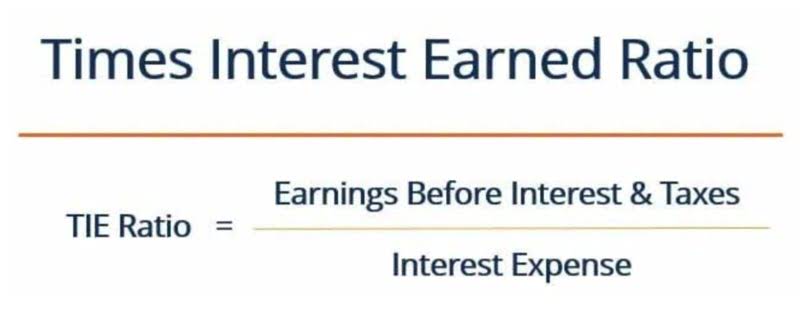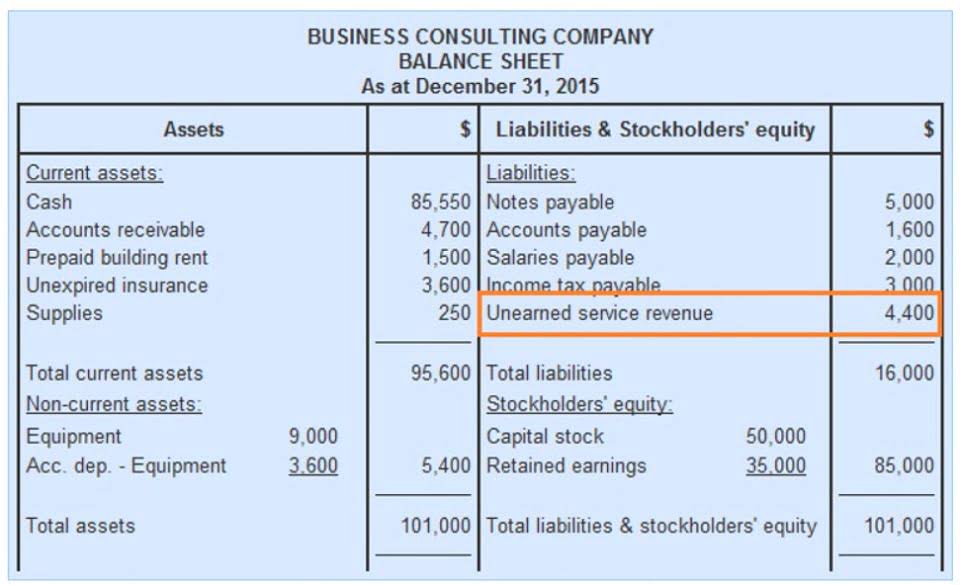
The accrual concept of accounting records transactions in the books of accounts when they occur regardless of when the money is received or paid. Knowing your outstanding amount, the total you outstanding checks owe, can help you maintain control over your finances. This article will explore the meaning of outstanding amounts, interest rates, and grace periods. By understanding these concepts, you can avoid falling into debt, and use your credit card as a helpful ally rather than a financial burden. The longer an invoice remains unpaid, the higher the risk that it will eventually become uncollectible. This is known as bad debt, and it represents a direct loss of revenue for businesses.

Does outstanding expenses a/c have a debit or credit balance?
- The outstanding expenses are due in the current accounting period but are not paid in the same.
- As B2B e-commerce evolves, real-time credit decisions are essential for businesses looking to scale and stay competitive.
- Some people use the term Outstanding Expense and Accrued Expense interchangeably.
- Using the client’s name in communication can make a significant difference.
- Sometimes the supplier bill invoice before/after the customer using the service or receiving goods.
This is recorded on the liability side of the balance sheet of a business. Outstanding expenses are these expenses that have been incurred in the current accounting period and these are due to be paid, however, their payment is not made. Such as this item is to be treated as an expense payable for the business. Outstanding Expenses are the expenses that are due but not yet paid due to any reason. The customers already consume Bakery Accounting the service but not yet paid to the supplier.

Treatment in Final Accounts

Including outstanding expenses in the balance sheet ensures that the financial statement reflects all liabilities, giving a clear picture bookkeeping of the company’s financial obligations. Accounting properly for outstanding expenses on the financial statements is of paramount importance in showing how a business is really placed financially. These are liabilities for accounts such as rent, wages, and utility bills. They are recognized through journal entry and added as liabilities until they are paid off in the next accounting period. Knowledge of entries for outstanding expenses classified under liabilities would help track a business’s obligations and allow it to make informed financial decisions. Outstanding expenses would be reported under the liability account in the balance sheet of a firm.
What are the main challenges in managing outstanding receivables?
- By having a well-defined strategy, you can encourage timely payments, ensure consistency in your approach, and increase the chances of receiving payment for overdue invoices.
- It is not always possible to make and receive payments immediately, they may be late or in advance.
- Outstanding expenses in balance sheet are viewed as a liability and shown on the balance sheet under the head “Current Liabilities”.
- Some other examples of outstanding expenditures include outstanding tax, outstanding salary, outstanding service fee, outstanding wages, etc.
- The concept is used in the derivation of the month-end bank reconciliation.
At Allianz Trade, we are strongly committed to fairness for all without discrimination, among our own people and in our many relationships with those outside our business. Learn about bad debt, including its causes and available remedies, how to collect them, and how to prevent them in the future. Continuous accounts receivable, also known as chronic accounts receivable, refers to the inability of a… A poor credit rating can also limit a company’s ability to negotiate favorable terms with suppliers and other business partners.
Journal Entry for Outstanding Expenses
When the outstanding rent is finally paid in the following period, the liability account is debited, and the cash or bank account is credited. These expenses are an obligation for the business and therefore they are treated as a liability. The accounting rule applied is that “credit the increase in liability” and “debit the increase in expense” as chalked by the modern rules of accounting. Checks that are outstanding for a long period of time are known as stale checks. In the U.S., outstanding checks are considered to be unclaimed property and the amounts must be turned over to the company’s respective state after several years. Setting clear invoice terms, utilizing accounting software for automatic reminders, and establishing early payment incentives are all strategies to ensure prompt payment.

